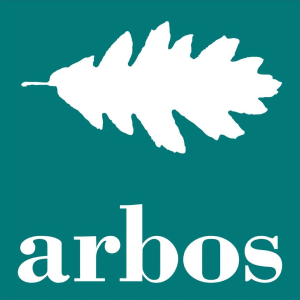Our planet is under pressure. Forests are disappearing at an alarming rate, and deforestation is one of the leading causes. In Italy alone, according to A2A, the average person consumes 200 kg of paper per year (equivalent to 80 reams of A4 sheets). This means that every day, we use hundreds of thousands of trees to meet our demand for paper and its derivatives. However, there’s a way to reduce our impact on the environment: choosing recycled paper.
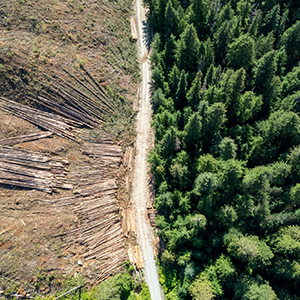
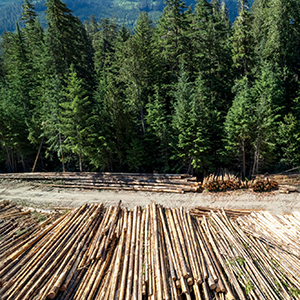
Paper recycling is not just a small daily gesture; it’s a conscious choice that can make a real difference. Let’s discover how paper recycling works, why it’s so important, and how at Arbos we’ve integrated this process into our production since our founding in 1988.
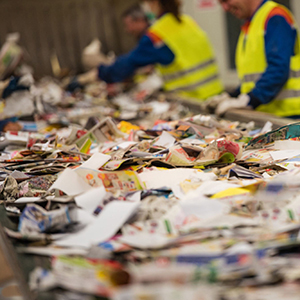
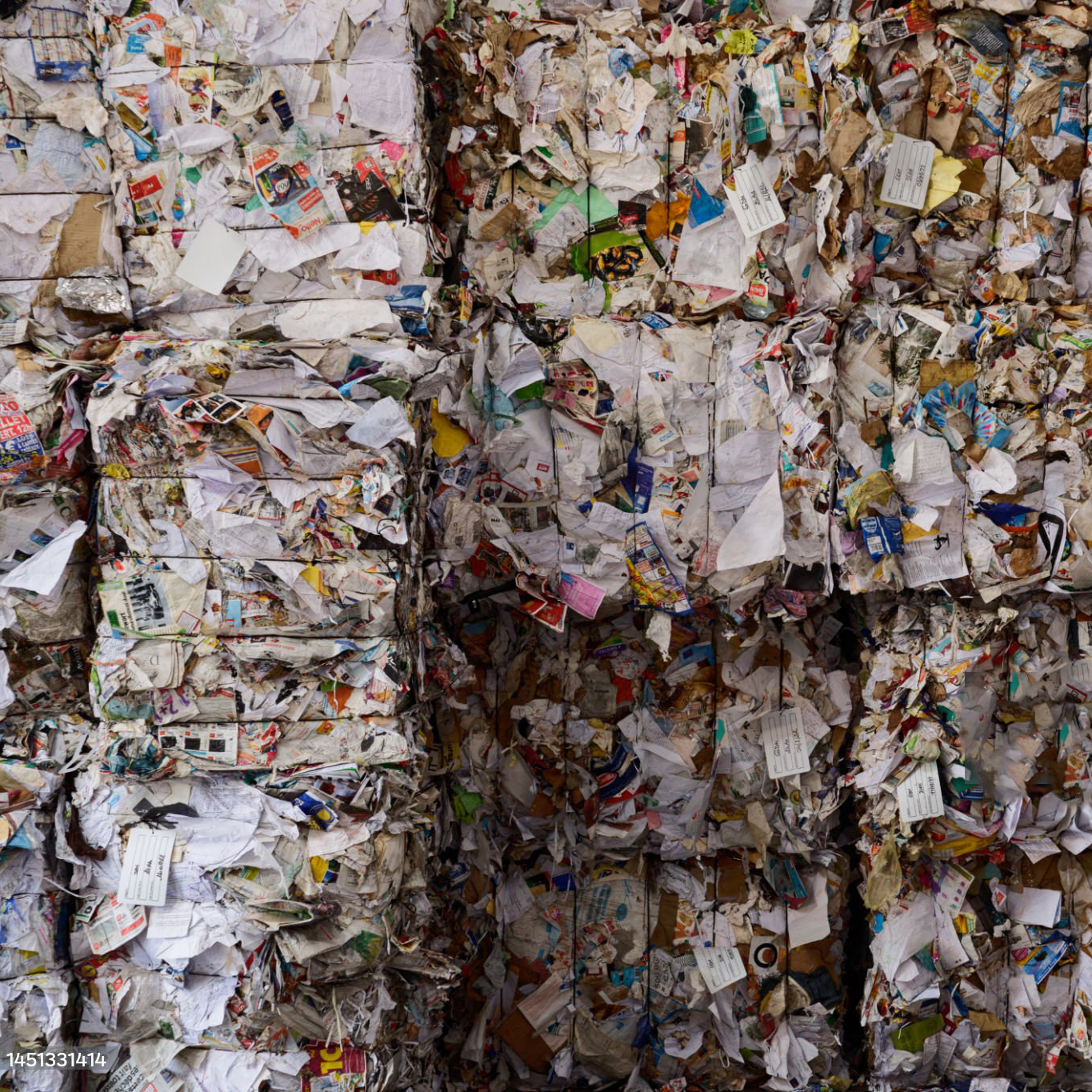
How Is Paper Made?
To understand the value of recycling, it’s helpful to know how traditional paper is made. The process begins with cutting down trees, whose fibers are the raw material. The logs are turned into chips, and the cellulose fibers are extracted through chemical or mechanical processes. The resulting pulp is bleached and treated with additives, which may include chemicals to enhance the paper’s texture and appearance. Finally, the pulp is spread, pressed, and dried to create sheets of paper. According to Focus, a single tree can produce approximately 79,000 sheets of A4 paper.
This process is resource-intensive, requiring large amounts of water and energy, while deforestation contributes to biodiversity loss and increased CO2 emissions.
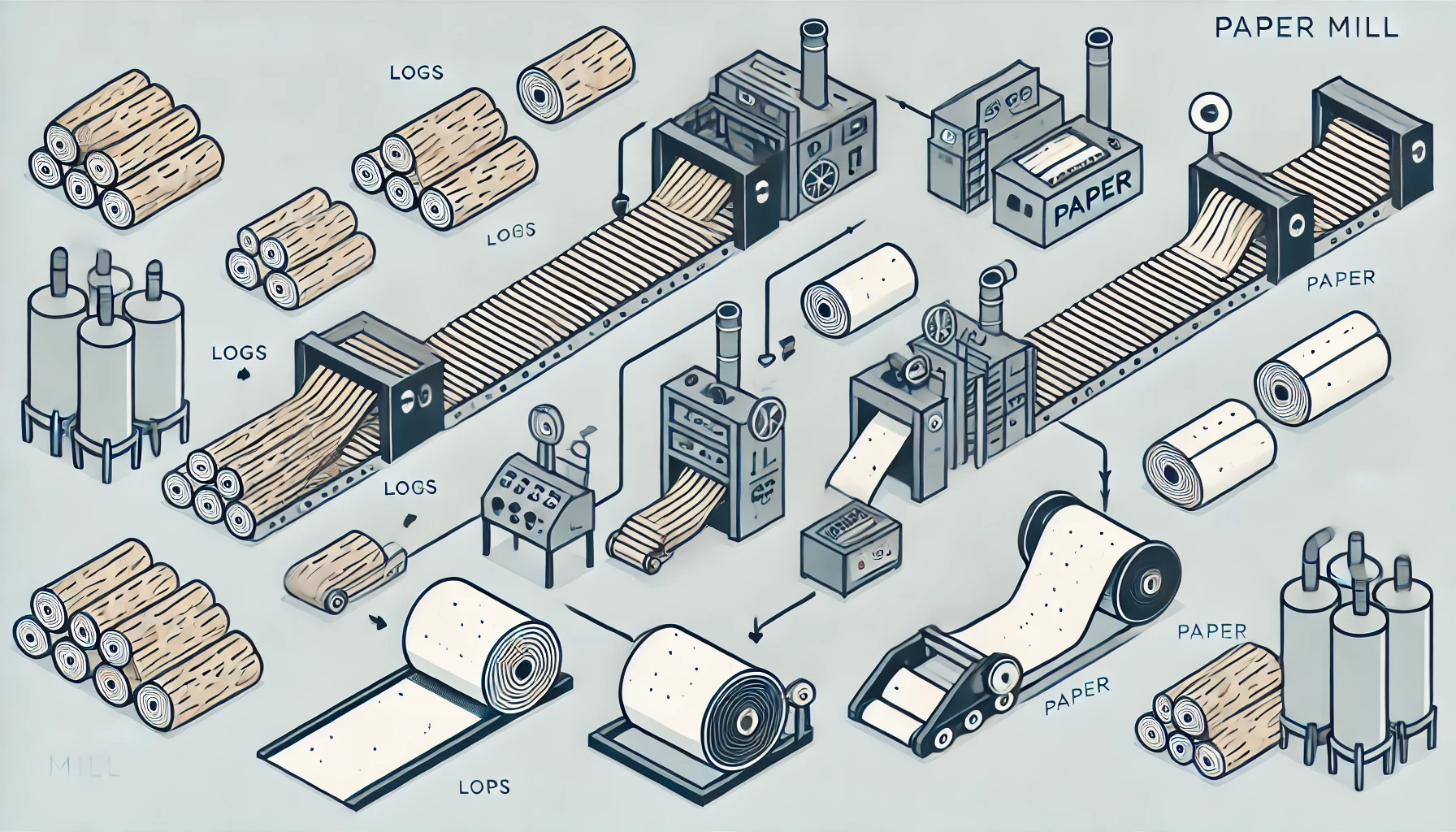
How Is Recycled Paper Made?
Recycled paper production is a far more sustainable process compared to traditional methods. Used paper is collected and sorted to remove impurities like plastic, glue, or other non-recyclable materials. It is then pulped, meaning it’s broken down into fibers. During this phase, the paper is washed to remove inks and other unwanted substances.
Once cleaned, the pulp is treated to improve its consistency and quality and then transformed into new sheets of paper through pressing and drying, similar to the traditional process. Unlike the original method, however, paper recycling doesn’t require cutting down new trees and consumes significantly less water and energy.
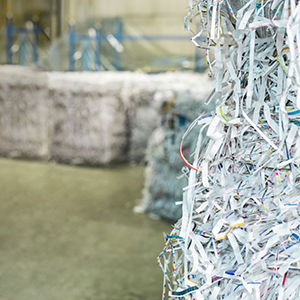
Differences Between Traditional and Recycled Paper
The main difference between traditional and recycled paper lies in the raw material. Traditional paper is made from virgin fibers extracted from trees, while recycled paper is produced by reusing previously used fibers. This has a significant impact on the sustainability of the final product.
Another major difference is the bleaching process. Traditional paper is often bleached using chlorine, a pollutant harmful to the environment. Recycled paper, on the other hand, is usually bleached with more eco-friendly methods, such as oxygen or hydrogen peroxide, reducing its environmental impact.
Modern recycled paper is comparable in quality to virgin paper and can be used for a wide range of applications. Despite lingering prejudices that recycled paper might be less “beautiful” or durable, modern production technologies have achieved excellent results, creating high-quality products perfect for artistic or creative use—for example, our iconic Cartapaglia Notebooks, first introduced in 1994 as a contemporary art project.
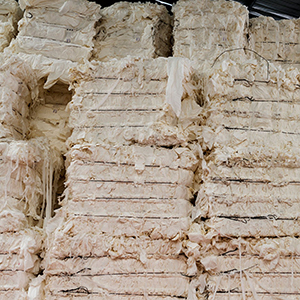
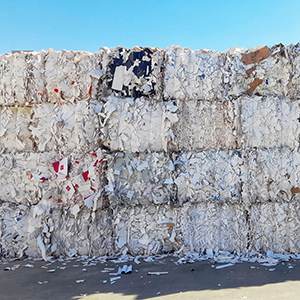
The Benefits of Choosing Recycled Paper
Choosing recycled paper offers numerous benefits:
– Reduced demand for virgin raw materials: this helps decrease deforestation and tree cutting.
– Lower resource consumption: producing recycled paper uses about 40% less energy and up to 50% less water than traditional paper production.
– Fewer greenhouse gas emissions: making recycled paper reduces CO2 and other harmful gases, contributing to mitigating climate change.
– Less waste in landfills: choosing recycled paper gives waste materials a new life, limiting the amount of trash that ends up in dumps.
Arbos’ Commitment to Recycled Materials Since 1988
Arbos has been a pioneer in Italy, believing in the potential of recycled paper and sustainable materials. Since 1988, our company has built its philosophy around the principle of the 3 Rs: Respect for people, Respect for the environment, and Research for beauty. Arbos doesn’t just produce notebooks and stationery—it creates products with a story, a connection to the land and the people who craft them.
Our notebooks, made with materials like Cartapaglia, Ricuoio®, and Ristoffa®, demonstrate how sustainable design can be beautiful, functional, and environmentally friendly. Our mission is to prove that stationery products can be innovative and creative without compromising on sustainability.
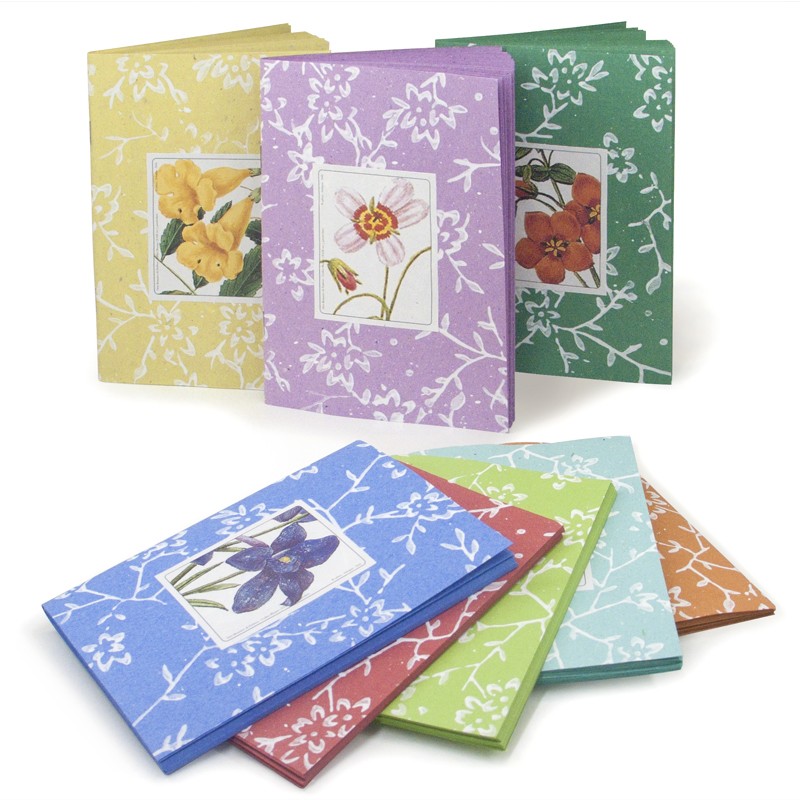
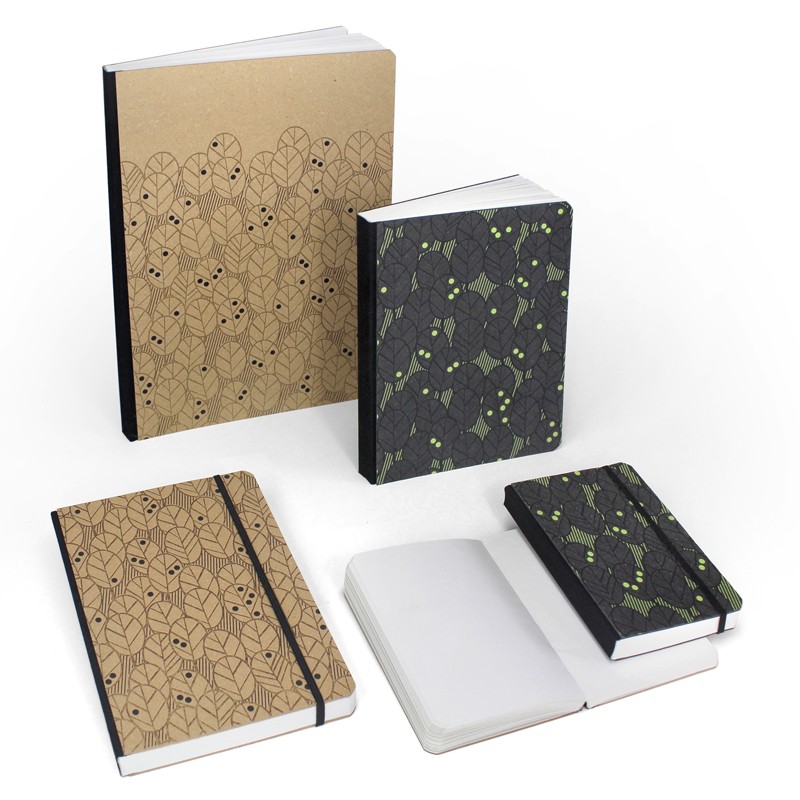
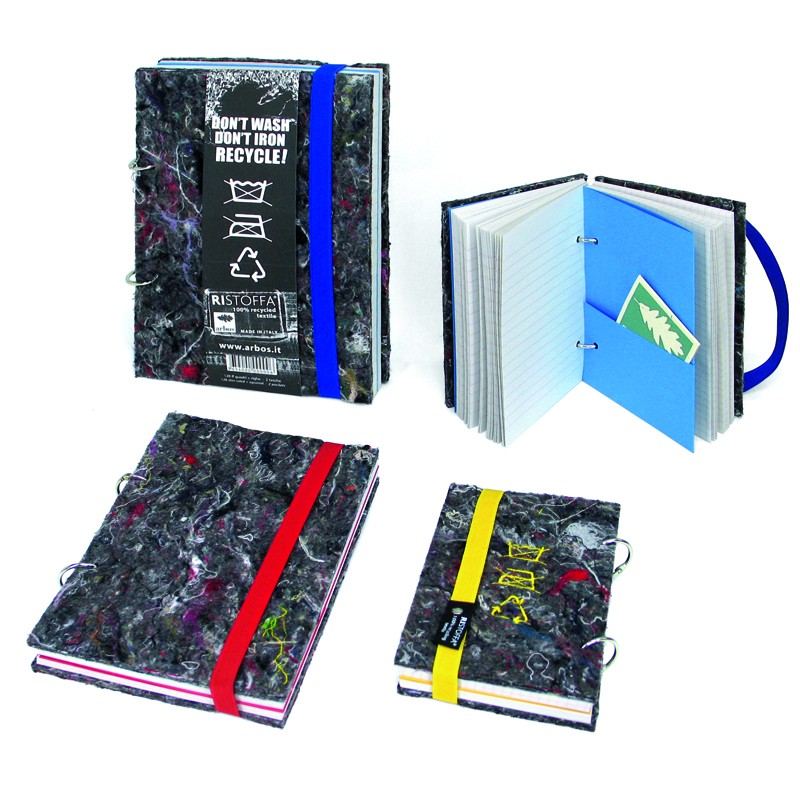
5 Facts You Might Not Know About Recycled Paper
- Not all paper can be recycled: Certain types, like waxed paper or paper heavily contaminated with food residues (e.g., pizza boxes), can’t be recycled efficiently. These should go in the general waste bin to avoid disrupting the recycling process.
- Paper can only be recycled a limited number of times: Cellulose fibers degrade with each recycling cycle, becoming shorter and weaker. On average, paper can be recycled 5–7 times before the fibers are no longer usable.
- Recycled paper is versatile: Beyond notebooks and notepads, recycled paper is used for packaging, boxes, napkins, and even construction materials like soundproofing panels and thermal insulation—demonstrating its enormous reuse potential.
- Recycled paper as art: In various parts of the world, recycled paper is used not only to create new products but also extraordinary artworks. For example, artist El Anatsui uses recycled materials, including paper, to craft installations that explore themes of ecology and consumption.
- Paper recycling has been around for centuries: It’s not a recent practice! In the Middle Ages, recycling paper was common because new paper was a luxury, and old manuscripts were reused to create new ones.
The Success of Paper Recycling in Italy
According to an article in Corriere della Sera, Italy has achieved record levels in paper recycling, currently recycling about 79% of the paper placed on the market—one of the highest rates in Europe. The country excels not only in collecting wastepaper but also exports high-quality recycled cellulose abroad. This success stems from a well-organized waste collection and management system, along with cooperation among citizens, institutions, and industry.
Educational campaigns, such as Comieco’s Riciclo Aperto initiative, involve thousands of students each year, offering guided tours of recycling plants to help young people understand the process and its importance. These practices are fostering a new, sustainability-conscious generation.
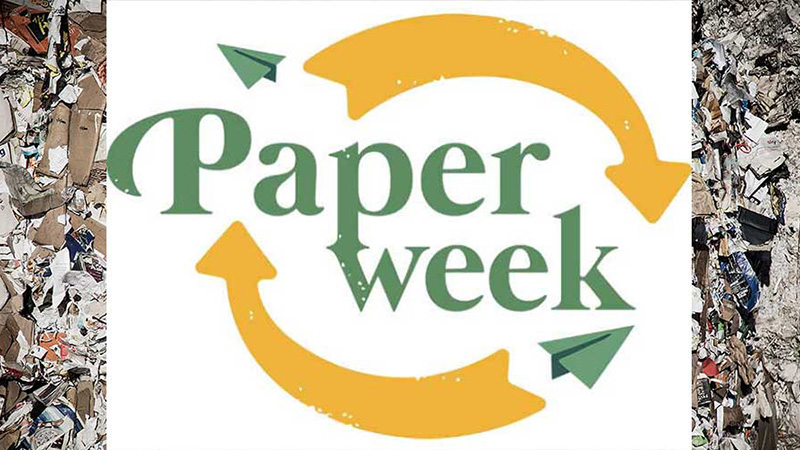
Conclusion: Choosing Arbos Means Choosing Sustainability
By choosing Arbos, you’re opting for products that respect the environment and celebrate craftsmanship. Whether you run a stationery shop or a bookstore, Arbos notebooks and stationery items are the perfect choice for offering your customers high-quality, beautifully designed, and sustainable products. For decades, Arbos has been committed to sustainability, offering collections that blend aesthetic research with respect for the planet. Visit our online shop or contact us to learn how to become an Arbos retailer and make a difference—one notebook at a time.
